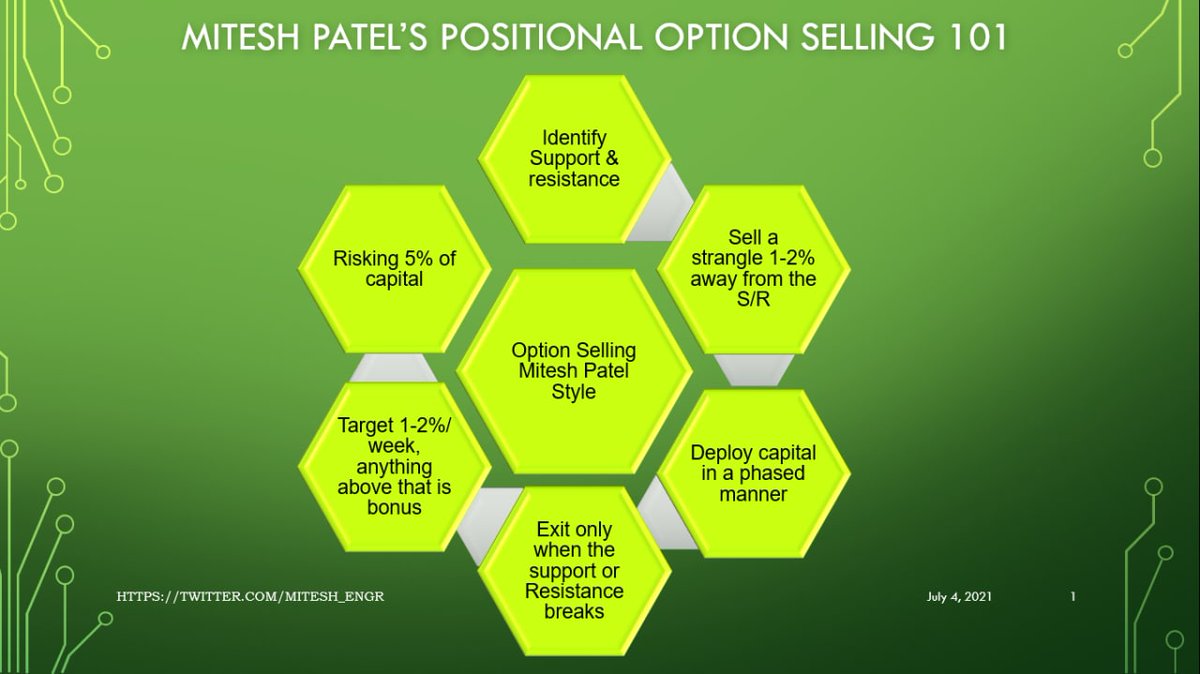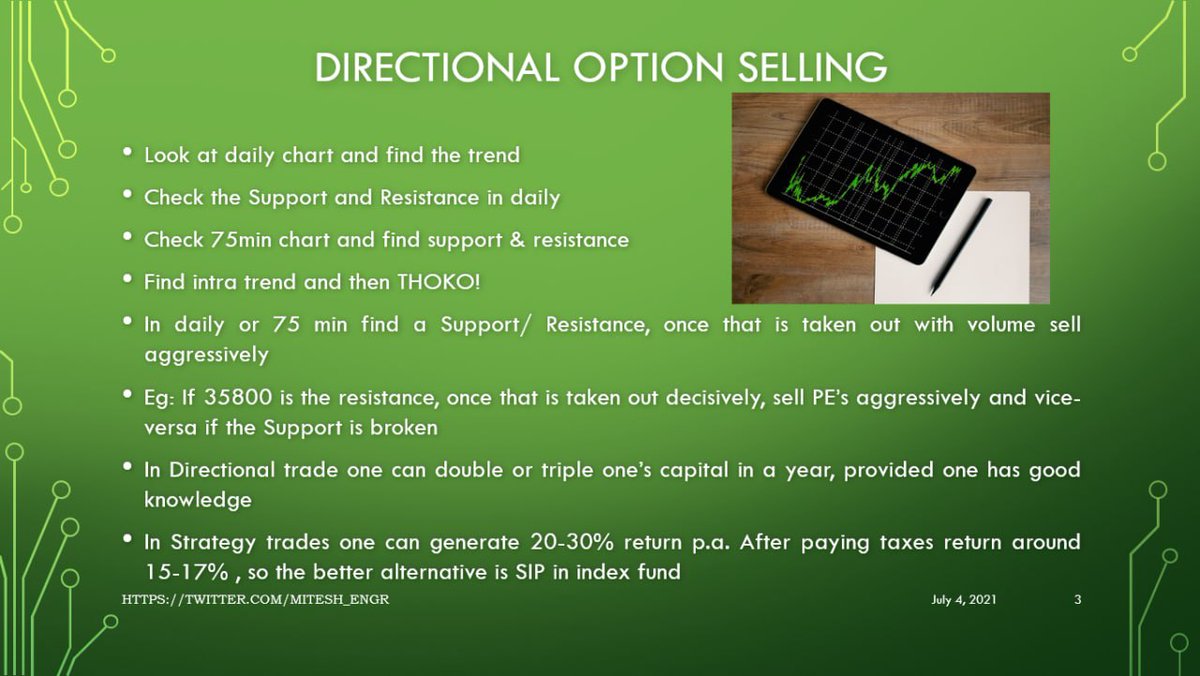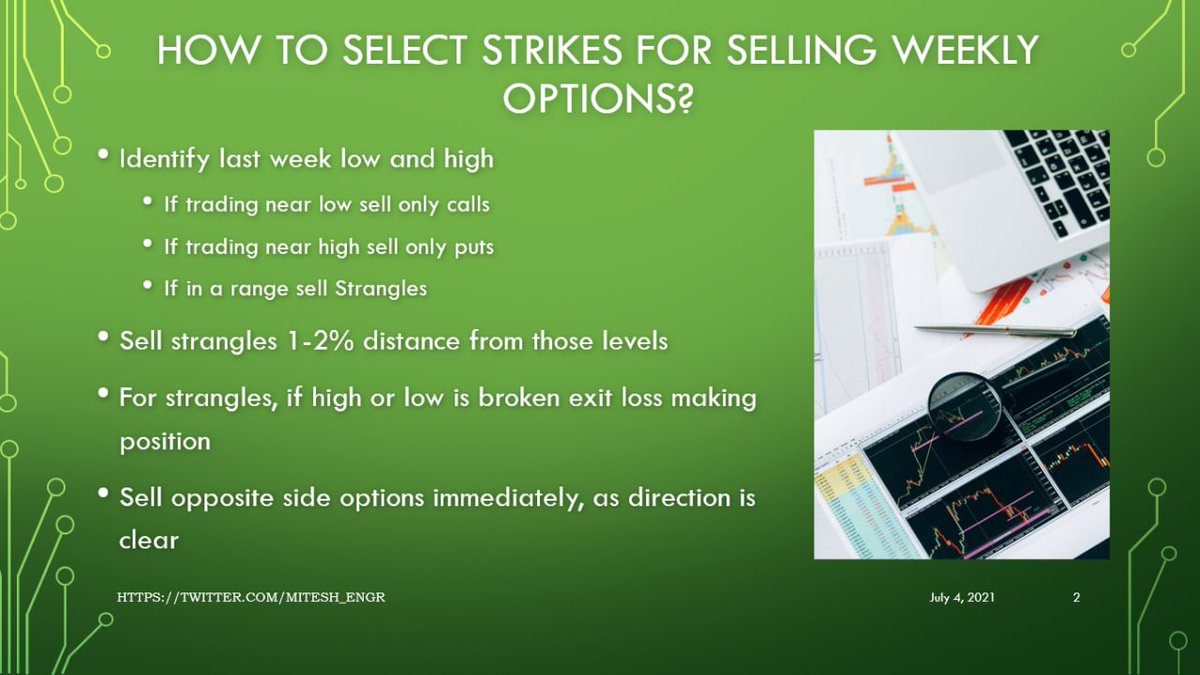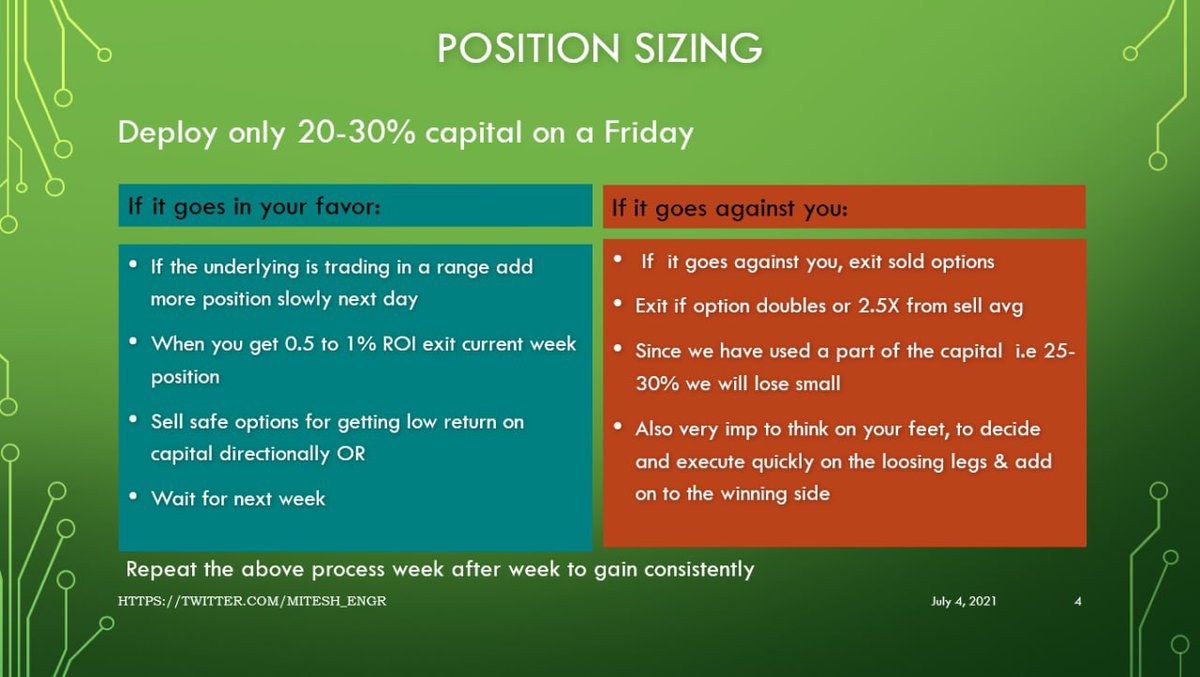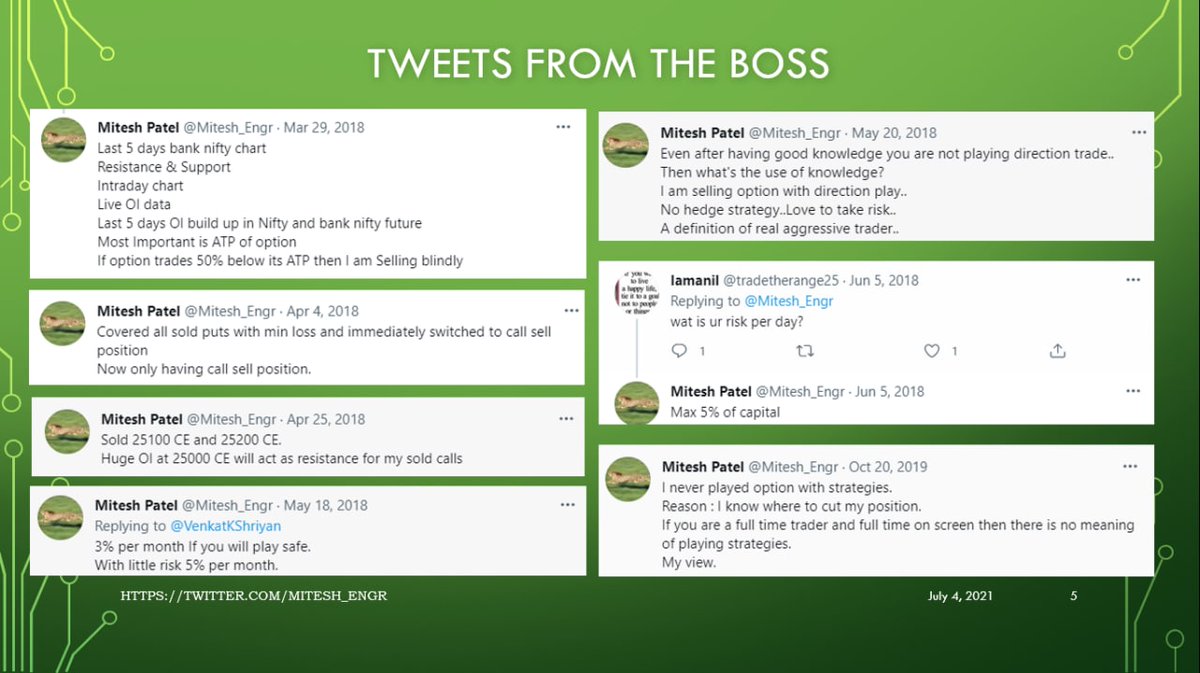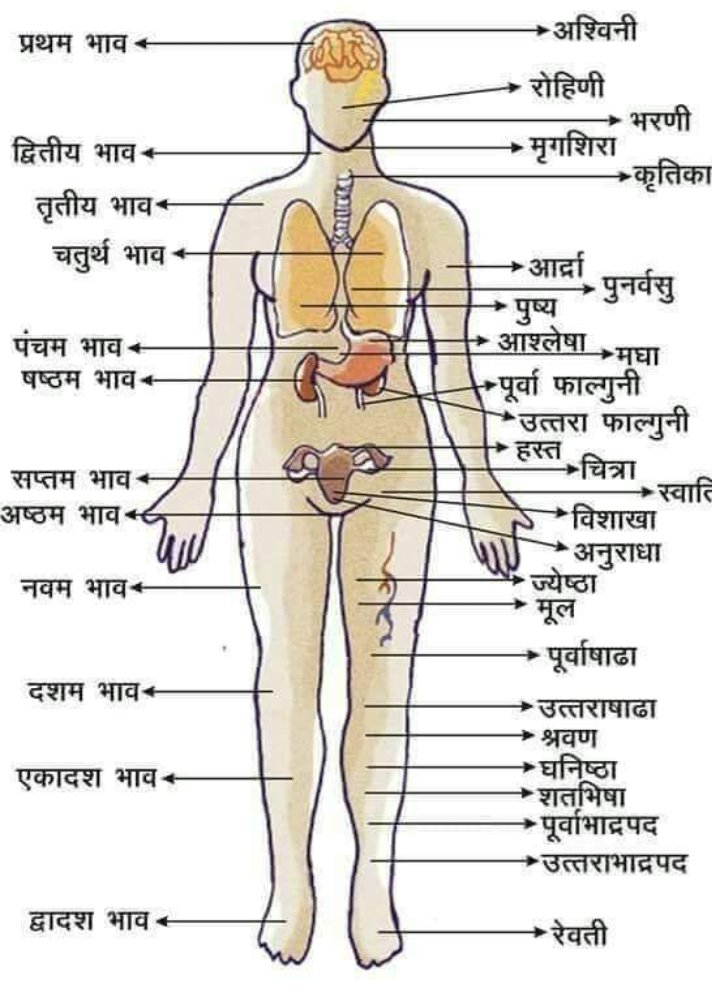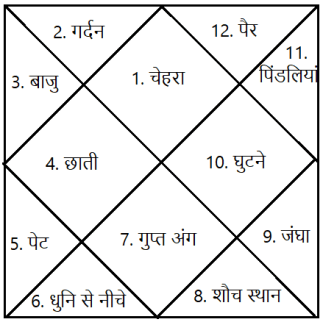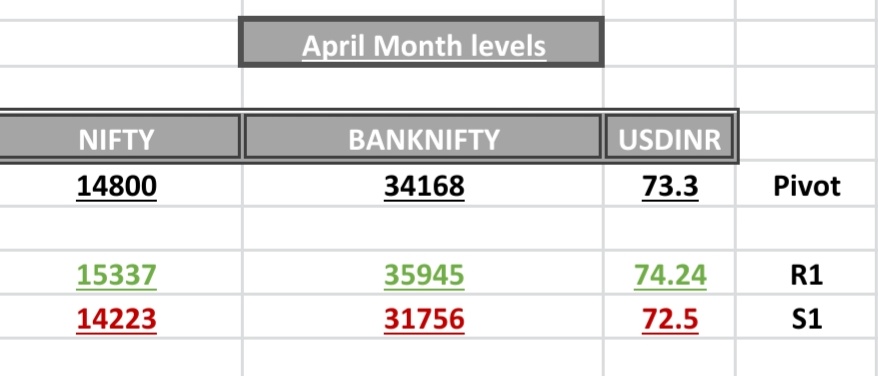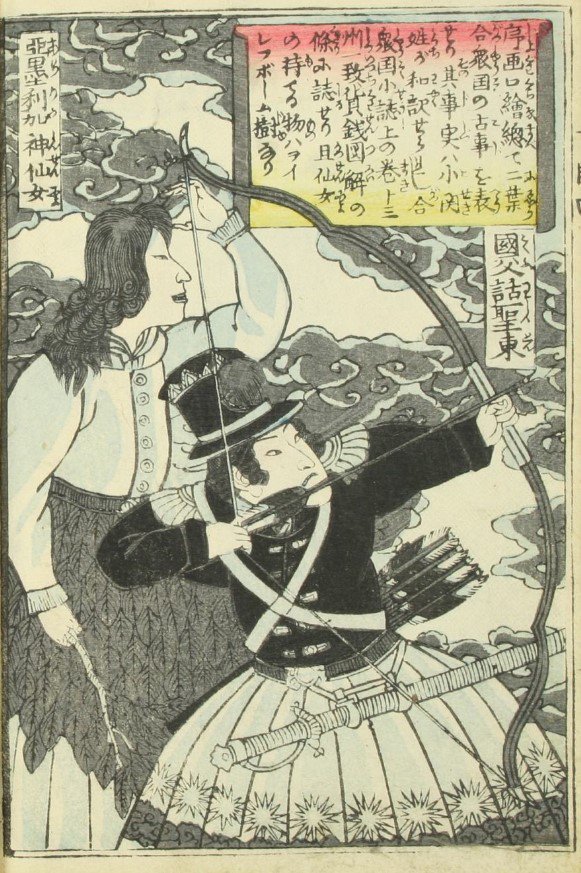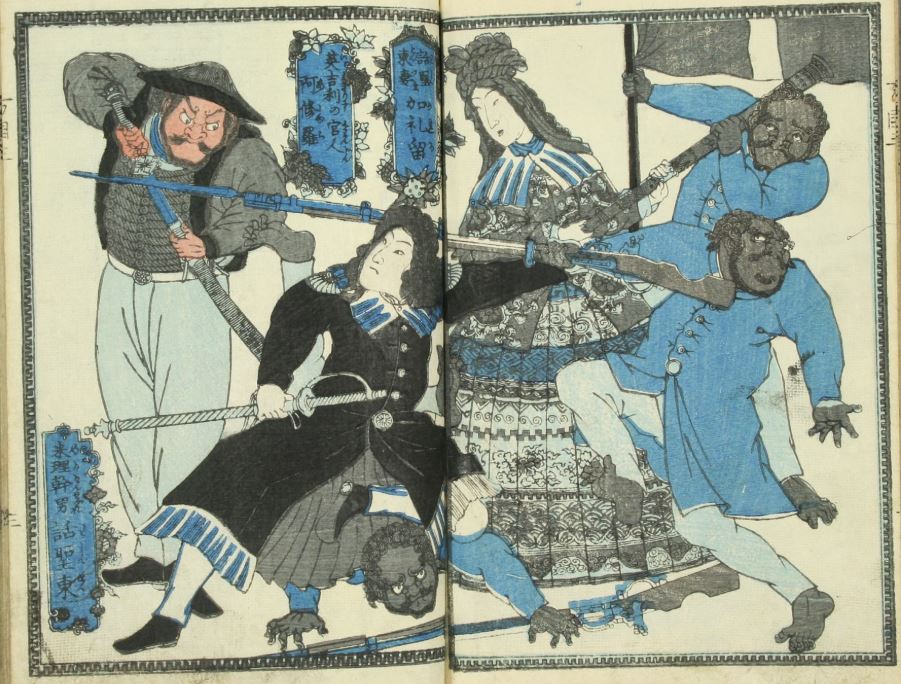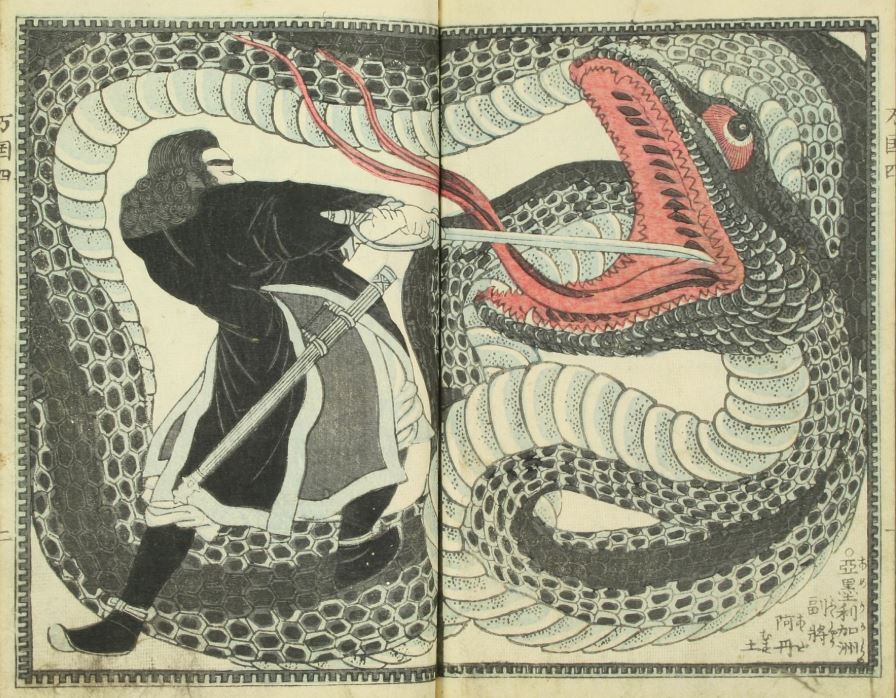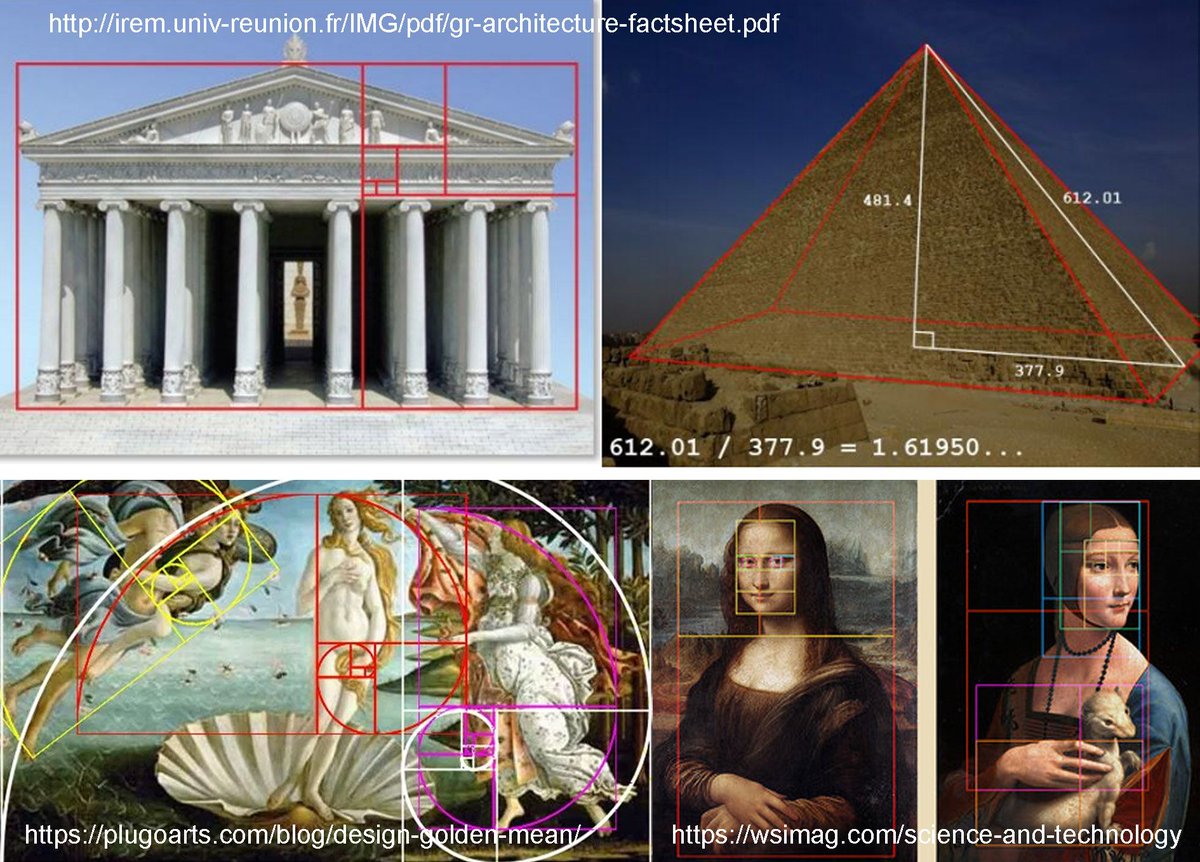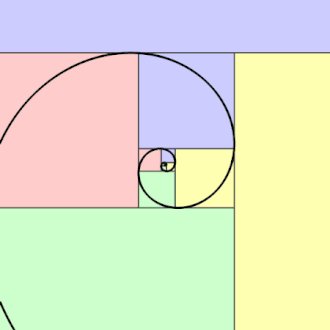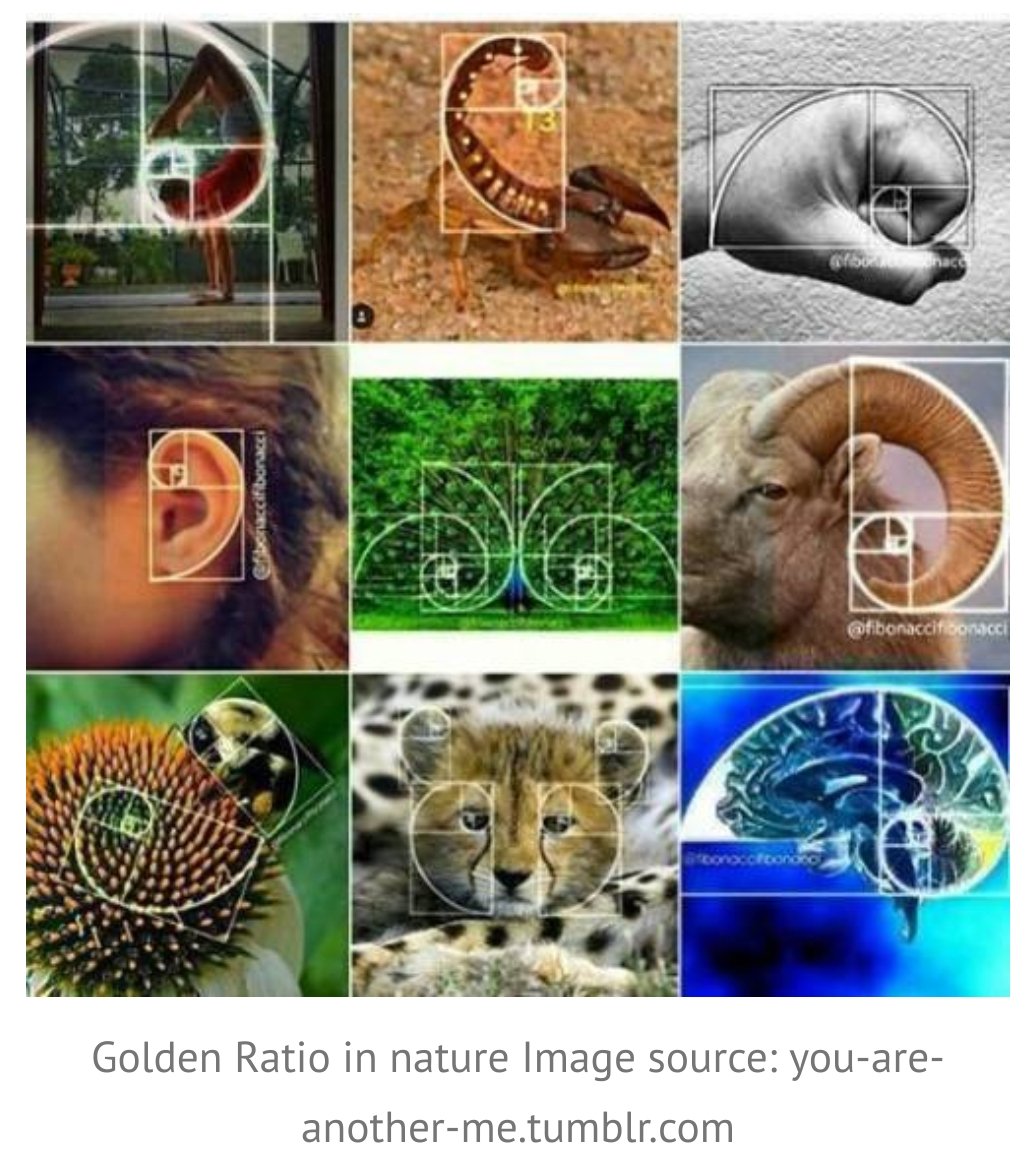That’s collateral.
You want to buy a house.
You take a loan from the bank.
The bank asks you, “what if you don’t pay back?”
You say, “take my home and sell it”.
(Thread)
That’s collateral.
So a loan where the bank has collateral is considered safer for the bank.
The economy had just recovered from the tech bubble in 2000 where many banks had given out loans to businesses that had shut down.
They did so.
Banks made good money by selling these loans. There was a demand for it.
So they started giving out even more loans to supply the high demand.
Banks give out money to borrowers to buy a house.
Then, banks sell this mortgage to institutional investors.
So they again have money.
This money they lend out again.
Again, they sell this new mortgage to institutional investors.
And so does the price of houses.
But towards the end of 2007, many people start defaulting on their loans.
No big deal.
They start putting these houses up for sale.
More people default on their loans.
More houses come on sale.
Supply and demand kick in.
There are so many houses on sale and not enough buyers.
So house prices start falling.
More borrowers start defaulting on their loans. More houses come on sale. Houses continue to become so cheap, borrowers cannot recover their money.
Banks run out of money to lend.
With some industries slowing down, the economic cycle starts getting affected.
With that, comes job losses.
With job losses, comes reduced spending.
With reduced spending, comes a slowdown.
Right after the 2000 tech bubble, investors and the entire economic system was determined to avoid another tech bubble.
The US being such a major economy, this recession affected the entire globe.
The impact of such massive events is that people’s focus is on making sure the same doesn’t repeat.
That continued right from 2012 to 2020.
In 2020, the markets fell just as sharply.
It was caused by a pandemic - a threat nobody quite expected or saw coming.
The lesson for the investor is the same be it the tech bubble of 2000, the Great Recession of 2008, or the pandemic of 2020.
More from All
You May Also Like
The first area to focus on is diversity. This has become a dogma in the tech world, and despite the fact that tech is one of the most meritocratic industries in the world, there are constant efforts to promote diversity at the expense of fairness, merit and competency. Examples:
USC's Interactive Media & Games Division cancels all-star panel that included top-tier game developers who were invited to share their experiences with students. Why? Because there were no women on the
ElectronConf is a conf which chooses presenters based on blind auditions; the identity, gender, and race of the speaker is not known to the selection team. The results of that merit-based approach was an all-male panel. So they cancelled the conference.
Apple's head of diversity (a black woman) got in trouble for promoting a vision of diversity that is at odds with contemporary progressive dogma. (She left the company shortly after this
Also in the name of diversity, there is unabashed discrimination against men (especially white men) in tech, in both hiring policies and in other arenas. One such example is this, a developer workshop that specifically excluded men: https://t.co/N0SkH4hR35
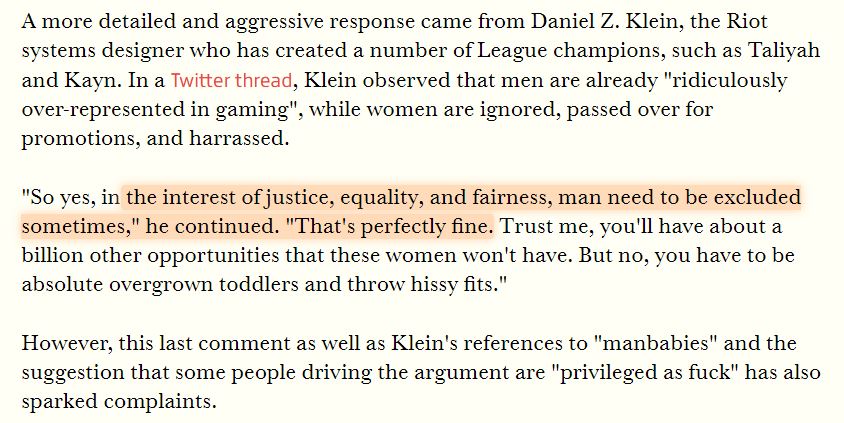
USC's Interactive Media & Games Division cancels all-star panel that included top-tier game developers who were invited to share their experiences with students. Why? Because there were no women on the
ElectronConf is a conf which chooses presenters based on blind auditions; the identity, gender, and race of the speaker is not known to the selection team. The results of that merit-based approach was an all-male panel. So they cancelled the conference.
Apple's head of diversity (a black woman) got in trouble for promoting a vision of diversity that is at odds with contemporary progressive dogma. (She left the company shortly after this
Also in the name of diversity, there is unabashed discrimination against men (especially white men) in tech, in both hiring policies and in other arenas. One such example is this, a developer workshop that specifically excluded men: https://t.co/N0SkH4hR35



